Johnstown is a small village just outside Naas in County Kildare. I have passed by it countless times over the years and just by chance whilst hunting for a standing stone I came across a small little graveyard and church with an amazing history. There are signs of early human activity in the area dating back to ancient times, the most notable being the Holed stone which rests in a field towards the Southern end of the village. The stone is linked to an astronomical alignment to the summer solstice. Today though we are going to have a look at the medieval church at the other end of the village. Originally known as Fraoch Oileán the village name changed to Johnstown, presumably taking the name from the religious order whom established themselves in the area.
Not to be confused with their infamous Templar brothers, the Knights Hospitallers or The Order of the Knights of Saint John of Jerusalem to give them their full title, where one of the big five orders to rise up during the first crusade. Believed to have formed around 1023 at the Amalfitan hospital in Jerusalem to provide care for sick, poor or injured pilgrims coming to the Holy Land. After the crusade they became an official religious and military order under its very own papal charter, Pie Postulatio Voluntatis’, which was issued by Pope Paschal II in 1113. They were charged with the care of pilgrims and defending the holy land against Islamic forces. Their main base of operations was the island of Rhodes and later from Malta. Theirs is a fascinating history, but far too expansive to include in this article.
They first arrived on Ireland’s shores during the Invasion by Norman forces where they first established themselves in Wexford around 1172AD. Two years later a Priory was set up for them at Kilmainham in Dublin by the Earl of Pembroke, Richard De Clare. Within forty years the order was said to have acquired up to 129 properties under Pope Innocent III. Despite this the number of members in Ireland was said to have been quite small, perhaps only 30 -40 members. In Kildare the knights had three Perceptorys at Tully, Killybegs and Kilteel as well as an Abbey in nearby Naas. Whilst I can’t find a definitive date for the church in Johnstown, I did manage to find the earliest grave slab dating back to 1430AD. So they may very well have arrived in Johnstown sometime between 1212 and 1430AD. Much like every other country in which the order resided their primary role was to provide hospitality to pilgrims and travellers. But with the ongoing attacks by native Gaelic clans following the Norman invasion many of the orders strongholds also served as military outposts. This medieval order of knights who held lands in the surrounding area until the Dissolution of the Monasteries in the 1540s.
The church itself stands on a slight rise near the centre of a graveyard. It is a rectangular structure which appears to have had some restoration work carried out over the years. Built mostly from rubble and limestone. There are a number of boulders of granite and tufa where a chancel may once have stood. The west wall contains a rather large two cantered arch. The entrance doorway in the north wall looks does not appear to be part of the original structure and may very well be a later addition. In the east gable wall there is a double ogee-headed window with a broad, square-headed embrasure and sill. Much of the south wall seems to have been rebuilt, and there is a round-headed window-piece which has been reused on the inner wall face to act as a stoup. Also worthy of a mention are the octagonal base of a medieval baptismal font which lies in the confines of the chancel and is in reasonable condition for its age, and a fine example of a lancet window which remains surprisingly intact in comparison to the remainder of the structure.
One of the most famous families associated with Johnstown were the Flatsbury’s. They first showed up in Kildare during the 13th century and were quite an influential bunch. Members of the Flatsbury family held lofty positions in Ireland from collectors of the Kings revenue to Sherriff’s of Kildare and some where even members of parliament. So it just goes to show that the ‘Big Boys’, club which exists today in politics is an age old, time honoured tradition. J A large plot can be seen tucked away in a corner near the entrance to the graveyard which is the family plot of the Bourke clan. Today it is marked by a simple plain stone cross. And there is a rather nice flat stone slab which still rests within the graveyard at Johnstown, it is connected to the Flatsbury and Wogan families and it has the family Coat of Arms carved into it. Usually when you come across this type of grave marker they are either badly weather worn or cracked and broken up. So it was nice to see this one surviving the years. It is believed to be the grave slab of James Flatsbury whom had been married to Eleanor Wogan back in 1436. The Wogans were another big family in the Kildare area, with the family stronghold at Rathcoffey Castle. Another well-known member for the Flatsbury family was Philip. He was a scholar and scribe whom is best known for compiling the ‘Red Book of Kildare’, in 1503 for the Earl of Kildare, Garret ‘Og’ Fitzgerald. This book contained the details of all the Fitzgerald estates including grants and title deeds. Considering what I have seen of these holdings, this book must have been quite an impressive tome. After the rebellion of Silken Thomas, Garret’s son the book mysteriously disappeared before eventually resurfacing in Trinity College Dublin, where it now resides. In 1641 the lands around Johnstown and Palmerstown were confiscated from the Flatsbury’s and eventually granted to a family from the West of Ireland known as the Bourke’s.
Much like the Flatsbury’s, the Bourke’s did quite well for themselves with their new found wealth. They went on to acquire the titles of ‘Lord Naas’, and ‘Earl of Mayo’, and held numerous Crown offices. Perhaps their most famous member was a chap was Richard Southwell Bourke, the sixth Earl of Mayo, whom was also known in the village as ‘The Pickled Earl”. It’s actually a funny story, Richard was appointed Chief Secretary of Ireland on three occasions during the 1860s before going on to become the Viceroy of India, where he was stabbed to death in 1872. This left the British Crown with a bit of a problem, how could they get his remains back to Kildare from India him rotting away. Well as the story goes, he was placed in a barrel of Rum for the long voyage home. Not a particularly nice way to end, and a terrible waste of good rum, but it did however earn him the amusing moniker amongst the locals. One of the most striking features within the confines of the church is the wonderfully ornate Celtic cross. And it is under this cross that Richard was buried.
For these and more of my images, why not visit my Website or join me on Facebook or Twitter.




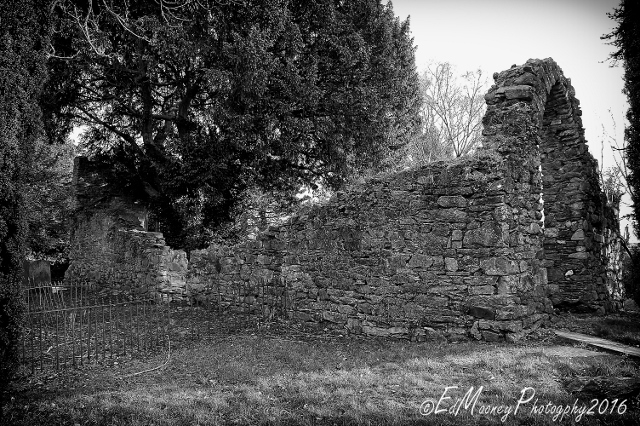

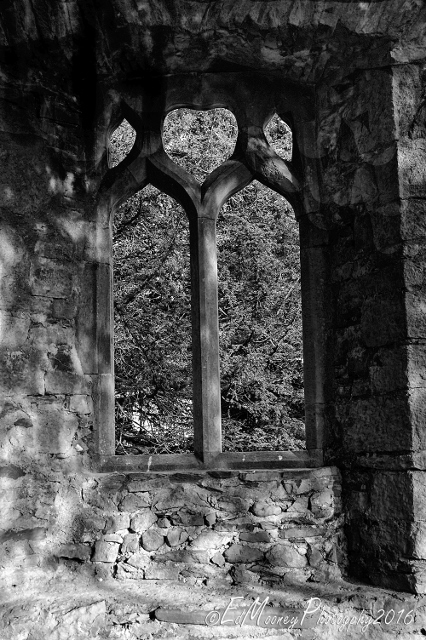



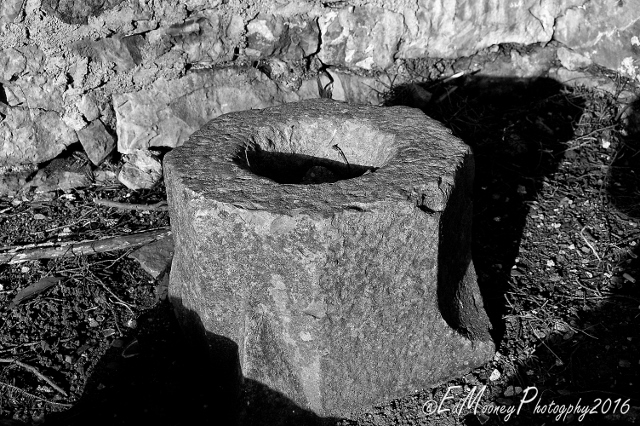
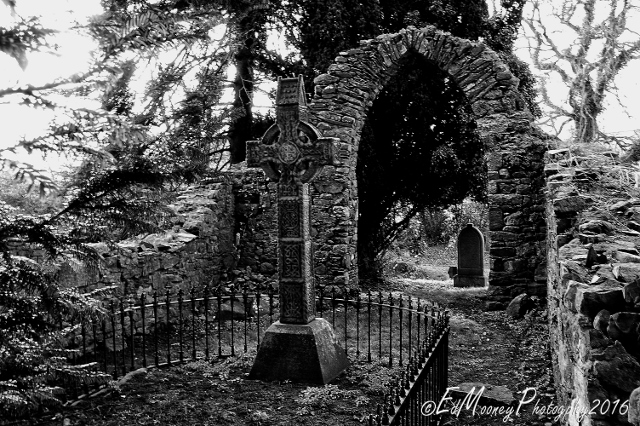

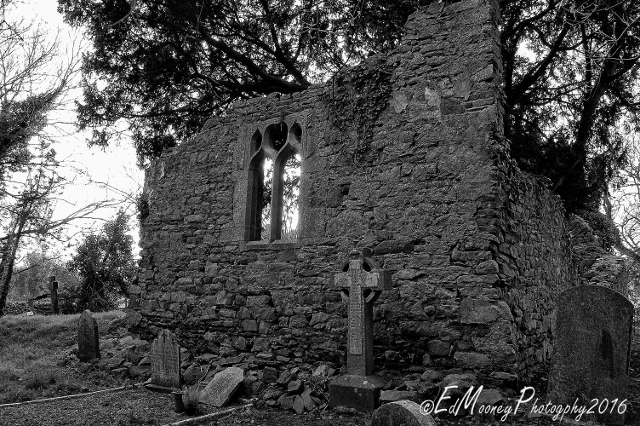

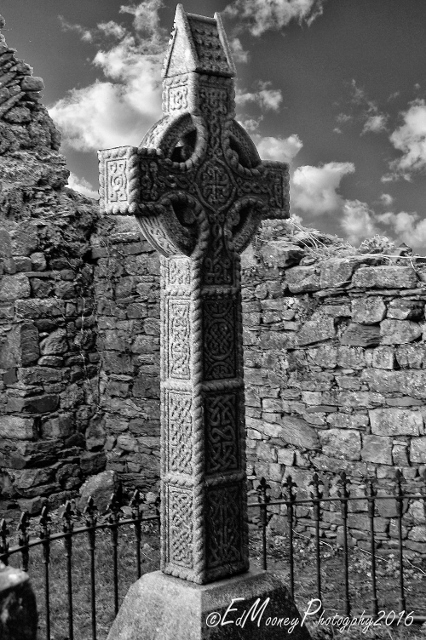





What a fascinating post Ed, and some great pictures. That cross is incredible. Good to see you out and about again!
LikeLiked by 1 person
Thanks a mill Ali, Its part of my new attitude for 2016, last year got on top of me far too much and it manifested itself in a negative way.
So this year will be nothing but good thoughts and happy vibes. Lets see where it takes us 🙂
LikeLike
I love stories like that of the ‘pickled earl’, a bit like that of Nelson. Most of the time, and probably in this case, ‘Spirits of Wine’ were used, this is similar to methylated spirit and was used to preserve biological specimens and so was readily available. It was preferred to spirits like rum or brandy as it wasn’t really drinkable, and so sailors would be less likely to ‘tap the cask’.
This didn’t always work as advice given to scientists collecting specimens for the Natural History Museum included, ‘Preserving alcohol should be kept under lock and key as in some countries the natives are inclined to drink it’!
LikeLiked by 1 person
LOL, a very good point, and most likely true. The rum story might have been the final insult by the locaal villagers as im sure they would have not been privy to the different forms of alcohol 🙂
Not sure if I would fancy trying Earl flavoured alcohol, I have had sampled some rather nasty concoctions over the years, Think ill stick to the Bourbon just too be safe 🙂
LikeLike
Some beautiful pictures and a very informative post, Ed. 🙂 We’ve recently been discussing the possibility of visiting somewhere in Ireland this summer and seeing as we tend to do a trail of historical sites I’ll be pointing out your posts to a few other family members!
LikeLiked by 1 person
So glad to hear it. You can check out my maps page on the blog which contains all the sites I have visited to date. Each one is acuarate to about 10 meters on Google maps.
And let me know how you get on 🙂
LikeLike
As usual rapt interest is split between the amazing images and the history. That cross is exceptional.
I much prefer the old name of the place. ‘Johnstown’ does seem trite.
The Knights Hospitallers should be revived most strongly for defense of all lands against militant Islam types!
LikeLiked by 1 person
Thank you so much, glad you liked it. But I would have to disagree with you slightly regarding the Islam.
Now I am not a follower of any Creed but looking back at history, religion has been used by man for power and greed.
How about we all forget about our spiritual beliefs and turn out attention to the greedy and corupt puppet masters whom are behind on the bad stuff thats going on and kick their arses instead???
Just an idea 🙂
LikeLike
Agreed on the puppet masters, but unfortunately the activated puppets are deadly and need dealing with!
LikeLiked by 1 person
That is very true, its a bit like fighting a Hydra, every time you cut of one head, two grow in its place. Tactics need to be changed in order to win, without giving the puppet masters what they want either 🙂
LikeLiked by 1 person
Beautiful photographs and history. Thank you
LikeLiked by 1 person
So glad you liked them, Thank you 🙂
LikeLiked by 1 person
I’m jealous that you get to live in such a beautiful, ancient history rich country… and the country that has the Luke Skywalker Island!!!!!
LikeLiked by 1 person
SSsssHHHH. Damn those Disney folk. I have been trying to keep that one a secret. Now the hole damn world knows 🙂
May the Force be with you Daniel 🙂
LikeLiked by 1 person
Pingback: The photographer Eddie Mooney provides great info on Irish archaeology. His posts are worth reading. :)Fraoch Oileán and the Knights Hospitallers | Bekka King
Thanks for paying my blog a visit, especially as it brought me here to absorb those incredible photos and history. I’m sorry to hear that you had a rough year last year and hope 2016 goes better for you.
Take care!
xx Rowena
LikeLiked by 1 person
Much apreciated Rowena 🙂
LikeLike
These photos are just brilliant.
LikeLiked by 1 person
So glad you liked them 🙂
LikeLiked by 1 person
The Celtic Cross is magnificent, and as usual, your post was terrifically interesting. I have a question for you: are there any Parsons in Ireland?
LikeLiked by 1 person
Thanks Noelle, there sure are. Check out the Earls of Rosse, you might find it interesting 🙂
LikeLike
You might also like one of my posts in relation to William Parsons
https://edmooneyphoto.wordpress.com/tag/ballymount-castle/
LikeLike
I’m on this. It would explain why I am 13% Irish. I had always been told I was English. I’m thinking now that somewhere along the line I come from the Irish Parsons. Been working on Ancestry.com and this is a great clue! Thanks so much!
LikeLiked by 1 person
I used to spend my school holidays playing amongst it’s ruins. There is very little left of it, except the bronze age burial mound which it a gorgeous spot to visit
LikeLike
Evocative images, and interesting history to accompany them. I remember reading about the Knights Hospitaller defending Malta from the Moors. Stirring stuff; castles, men in armour, brave deeds.
A great read as always, Ed.
Best wishes, Pete.
LikeLiked by 1 person
Thanks Pete, I must try and root out some Templars sites, they also have a brilliant history 😁
LikeLike
Fascinating history and some great images, Ed
LikeLiked by 1 person
Glad you enjoyed them Sue. Fingers crossed, there will be plenty more throughout the year😁
LikeLike
Thank you for another fascinating read and photography.
LikeLiked by 1 person
Much appreciated George, thank you 😁
LikeLike
This place is fascinating! Fantastic history and pictures. We heard all about The Order of the Knights of Saint John of Jerusalem when we were in Malta this past fall.
LikeLiked by 1 person
Wow I always wanted to see Malta it looks like a fascinating place. My late Gran loved the island and would regularly travel there 😁
LikeLike
I plan to post a blog about it soon.
LikeLiked by 1 person
Ill be waiting with eager anticipation 🙂
LikeLike
What a beautiful cross!
LikeLiked by 1 person
Pretty cool ain’t it 😁
LikeLike
Thankyou for sharing the photographs. They are all really great, and I love the fact they’re black&white, which shows a greater depth, spirituality of those places, and a sense of brooding, liminality. I also like myth and history, and so appreciated the history and comments between the photographs. Thanks.
LikeLiked by 1 person
Much appreciated Gaffney, so glad you enjoyed them 😁
LikeLike
Yet another interesting post Ed with some great photos as usual.
You do this very well I must say…!
LikeLiked by 1 person
Thanks mate👍😁
LikeLiked by 1 person
😉
LikeLiked by 1 person
Has a vibe of Donaghcumper. The Earl story is a rum thing indeed… not unusual but yes, would spoil a rather nice barrel. And certainly a tad more conspicuous than the ‘worm’ in the Mezcal tequila. At least he had the good grace to be pickled after he died. Most foreign diplomats are well pickled long before they shuffle off this mortal coil.
LikeLiked by 1 person
It most certainly does, at least they had the good grace not to waste a barrel of good Bourbon on him 🙂
LikeLike
Beautiful photographs, wonderful history, thank you for sharing.
LikeLiked by 1 person
My pleasure, so glad that you enjoyed them 🙂
LikeLike
Lovely cemetery and I love the Celtic cross.
LikeLiked by 1 person
Thank you Sherry, It is a rather nice cross, might have a few more for you over the next few weeks 🙂
LikeLiked by 1 person
Great post, Ed. The black and white photography was particularly good – was the light better than usual?
LikeLike
Reblogged this on Daily Echo.
LikeLiked by 1 person
Thanks so much Sue 🙂
LikeLike
Any time, Ed 🙂
LikeLiked by 1 person
Reblogged this on Kim's Author Support Blog.
LikeLiked by 1 person
Thank you, much appreciated 🙂
LikeLike
You’re welcome, Ed!
LikeLiked by 1 person
Lovely images and wonderful layers of history, I really enjoyed this post
LikeLiked by 1 person
Thank you so much, I really appreciate the king words Seonaid 🙂
LikeLike
Theres just something about b&w photography. Theres so much more detail and feeling. I love it.
LikeLiked by 1 person
Thanks so much Darren, It seems to bring out the best in these old ruins. I rarely shoot in colour these days, especially when I go exploring 🙂
LikeLiked by 1 person
I absolutely love the images, really brings me back! What a beautiful little church it was, and the history is great to read. Silken Thomas, now that’s one I haven’t heard for a long time! Thx so much for the lovely story and photographs. I have a cousin living in Thomastown (Kilkenny), maybe some day you get over to that corner of the woods… 🙂
LikeLiked by 1 person
So glad to hear it. I heard that the Castle in Thomastown suffered in the recent floods? Kilkenny is top of my list for a visit once the weather improves, it really has a wealth of fascinating ruins to explore 🙂
LikeLiked by 1 person
Yes, I heard that too. It was pretty heavy going for a week or so. I look forward to more of your fine work!
LikeLiked by 1 person
I reckon that cross is nearly as well preserved as the Earl is! Marvelous place, Ed, thanks for the tour!
LikeLiked by 1 person
LOL, it is in quite good shape alright, although I would say the Earl has passed his best before date at this stage 🙂
LikeLike
😀 I reckon!
LikeLike
Such exquisite photos! Oh how I miss Ireland! You find the best places Ed! 🙂
LikeLiked by 1 person
Lol thanks,I’m lucky I guess 😁
LikeLiked by 1 person
Pingback: Fraoch Oilean and the Knights Hospitallers | Crusader History